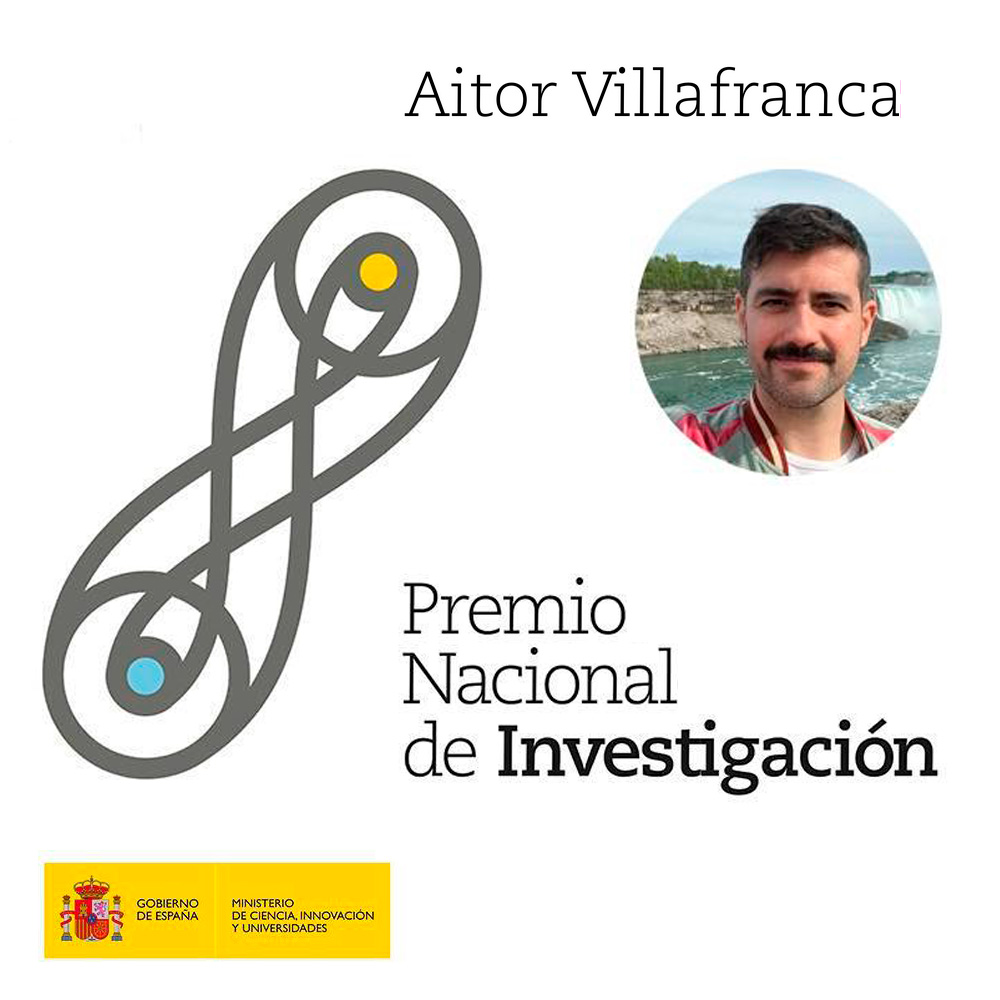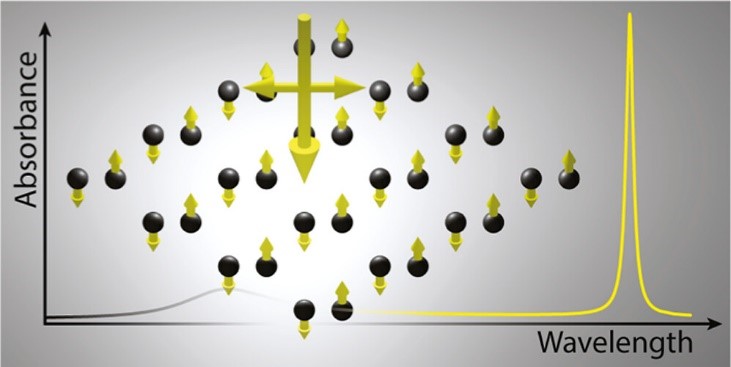CSIC scientists control heat transfer between nanostructures through rotation
-
The finding could have application in thermophotovoltaic power generation or thermal control of electronic devices
All hot bodies emit heat in the form of electromagnetic radiation, as occurs with incandescent filament light bulbs. Night vision cameras are another example of technology based on this physical phenomenon. Up to now experience has indicated that heat is always directed from hot bodies to cold bodies. A study by the Higher Council for Scientific Research (CSIC) has shown that this does not happen between two nanostructures if they are rotated. This finding could have an application in the generation of thermophotovoltaic energy or the thermal control of electronic devices. The work is published in the Physical Review Letters journal.
Latest news

“We have shown how, depending on their rotation frequencies, the radiative heat transfer between two rotating nanostructures can be increased, decreased or even reversed with respect to the transfer that occurs between nanostructures in the absence of rotation. This allows us to have a greater degree of control over radiative heat transfer”, says Juan Deop-Ruano, a researcher at the Institute of Optics (IO-CSIC) and first author of the paper.
Providing new ways to control radiative heat transfer at the nanoscale is essential to solve technological challenges related to heat dissipation and energy production. The production of thermophotovoltaic energy, for example, is based on transforming heat into electromagnetic radiation and transferring it to a photovoltaic cell to produce electricity. The control of radiative heat transfer means that the transformation of heat into electromagnetic radiation can be carried out very efficiently.
Advances in electronics have led to the size of the transistors used in microchips now being on the nanometer scale. A fundamental problem with these systems is that they are very difficult to cool. “Knowing how to regulate radiative heat transfer at the nanoscale provides mechanisms to extract this heat and, therefore, design efficient refrigeration technologies”, adds Alejandro Manjavacas, also a CSIC scientist at IO-CSIC.
CSIC Communication
comunicacion@csic.es
Related news
Aitor Villafranca, Spanish National Research Award 2024
He has received the award in the Angela Ruiz Robles Category, in Knowledge Transfer These awards are the most important recognition in Spain...
Normal Incidence Excitation of Out-of-Plane Lattice Resonances in Bipartite Arrays of Metallic Nanostructures
Madrid / January 15, 2024A team of researchers from the Institute of Optics of the CSIC and the Italian Institute of Technology have achieved a new...
Tunable bound states in the continuum in active metasurfaces of graphene disk dimers
Madrid / December 12, 2023A research team made up of researchers from the Institute of Structure of Matter and the Optics Institute of the CSIC, the...




